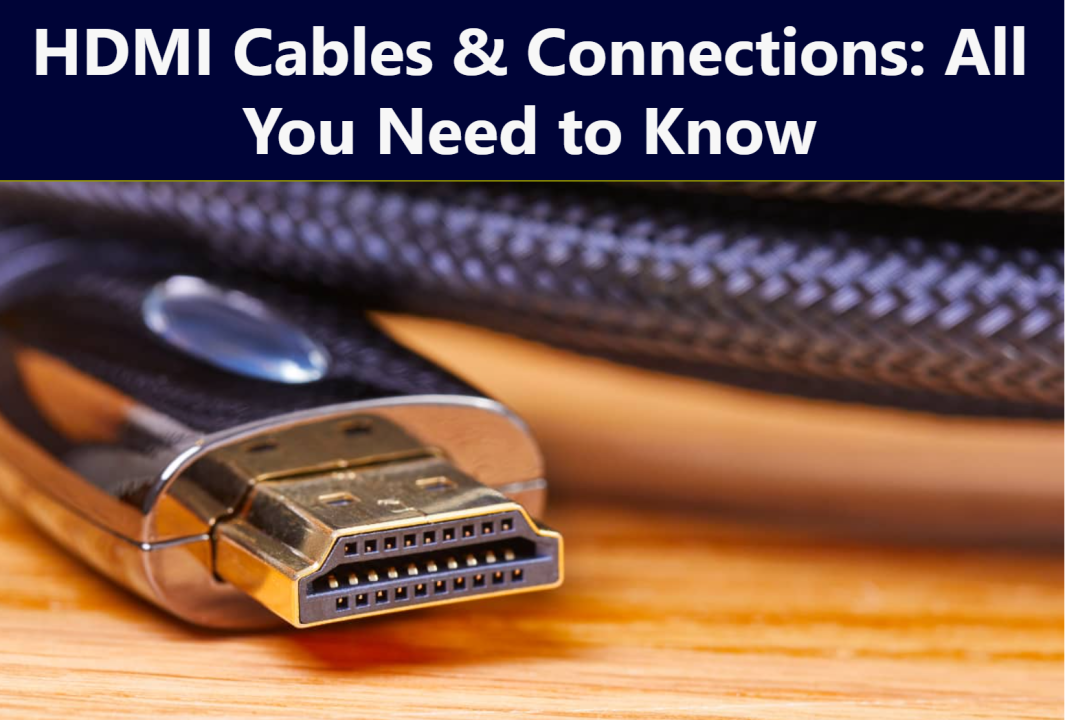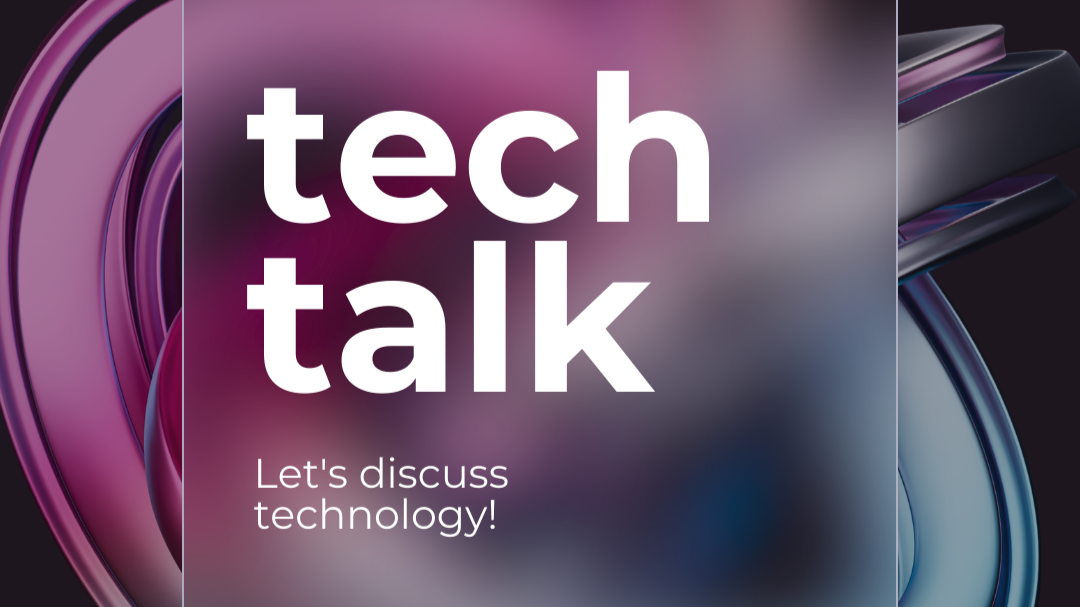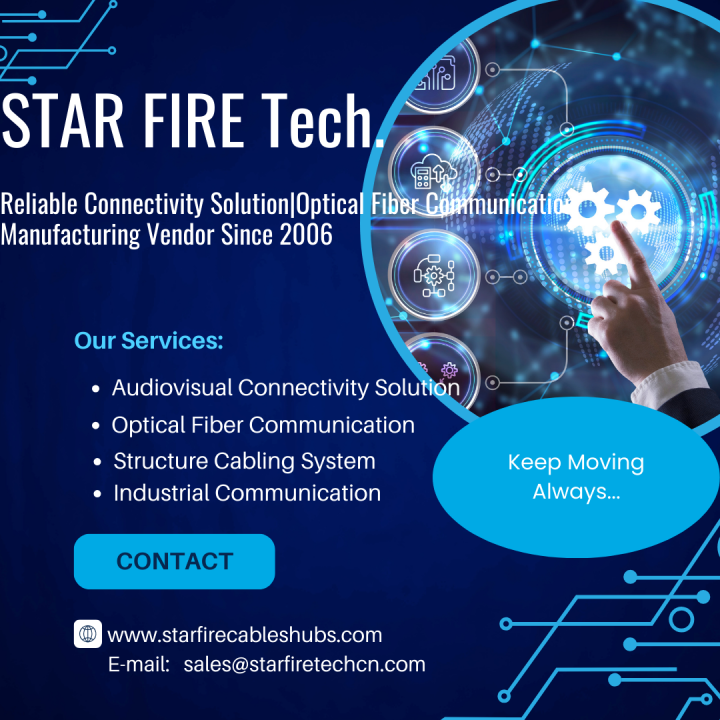Table Of Content
Table Of Content
An HDMI connector is the standard interface for connecting modern audio-visual devices together.
With most home theater equipment, you can use it to send almost any type of video and audio signal.
However, many people are confused by HDMI connections, so this article looks at some common issues and explains them in more detail.
When should you use HDMI, and what are the supported video and audio formats?
Plus, there are a few different cable standards – so which one should you be looking for?
Read on to find answers to all these questions and more.
What is HDMI?
HDMI is used for sending video and audio signals between modern AV devices.
You will find this connector on many home technology products made in the last few years – including TVs, display monitors, soundbars, AV receivers, game consoles, projectors and computers.
If a device needs to send or receive video and audio, then chances are it will have an HDMI port.
HDMI supports all modern video formats, including high-definition signals and Ultra HD 4K and 8K.
For audio, it will send anything from simple 2-channel PCM stereo audio to 8-channel uncompressed digital audio formats such as Dolby TrueHD, DTS-HD Master Audio and Dolby Atmos.
Over the last few years, there have been several different versions of the HDMI specification, and the most widespread versions are HDMI v.1.4, HDMI 2.0 and the newer HDMI 2.1.
The new HDMI 2.1 specification supports video resolutions up to 4K/120p and 8K/60p. Plus, it is required for new gaming features like VRR, ALLM and QMS.
You should be aware that the older versions have limitations with their supported features.
Therefore, the HDMI inputs and outputs on older devices may not have the same functionality as newer ones.

How to Choose the Best HDMI Cable?
When you are looking to buy a new cable, there are a seemingly endless number of variations to choose from. It can seem impossible to choose the best HDMI cable.
There are different colors, lengths, materials, specifications, and prices.
It can make your head spin.
Fortunately, it’s not too tricky once you just concentrate on the important stuff.
Think about these points to find the best HDMI cable for you:
- Check the specification: Most people just need a category 2 high-speed HDMI cable these days. This will ensure that the cable has been certified to transmit data up to 4K resolutions – and all current audio formats. If you want to run the highest rates at 8K, you might need an Ultra High Speed HDMI cable.

- Materials: Most cables come with a standard protective PVC plastic exterior and shielding to prevent signal interference. Some brands will come with a nylon braided cord, making the cable more flexible and easier to move in tight spaces. Otherwise, it just makes it looks nice. It shouldn’t matter either way for most people, but a more flexible and smaller cable may ease installation.
- Price: You can break the bank and buy a costly one if you like. However, it won’t perform any better than a good-quality budget cable. The AmazonBasics range will probably be sufficient – or if you want a braided model, then these Twisted Veins HDMI cables are popular.
- Length: Very important. Please take a few seconds to think about where the cable will need to run and how far that will be. As a rule of thumb, the shorter, the better – as really long wires can negatively affect the signal. If you get one too long, it might be hard to run the cable in a confined area. Get one too short and…
- Color: That’s up to you – it won’t make much difference to the sound and picture! Some people will go for a discreet color that can be easily camouflaged among their equipment. Most will just get a black one!
(1) Who We Are?
WE STAR FIRE TECH, was established in 2006, which has more than 300 employees at present,is an excellent business partner for more than 300 brands worldwide to establish cooperation and sell A/V connectivity solution products as well as optical fiber communication. Product applications cover consumer electronics, Telecommunication, machine vision, Medical, military, aerospace, education and other fields.


(3) Why Us?
1, ISO/ BSCI Certified company, Rohs 2.0/ REACH is compliance, quality assurance;
2, More than 10 years of products design and development/ production experience;
3,Relying on the technical background of the South China University of Technology, the company has a complete professional structure & electronics & optics R&D team, and a complete quality control team, covering IQC/IPQC/OQC/SQE/QA, etc., for the whole process quality control.
4,130+ different kinds of testing equipment, which help the products to be more stable and reliable in the market.
5, Smaller MOQ is supported;
6, Spare parts are available for partial products such as copper cables;
7, The Payment term is flexible;
8, World Class brands cooperate OEM/ODM manufacturing vendor;


If you have any needs for cable assy. as well as optical fiber communication products, Pls. kindly connect us at sales@starfiretechcn.com
Discover more: www.starfirecableshubs.com








